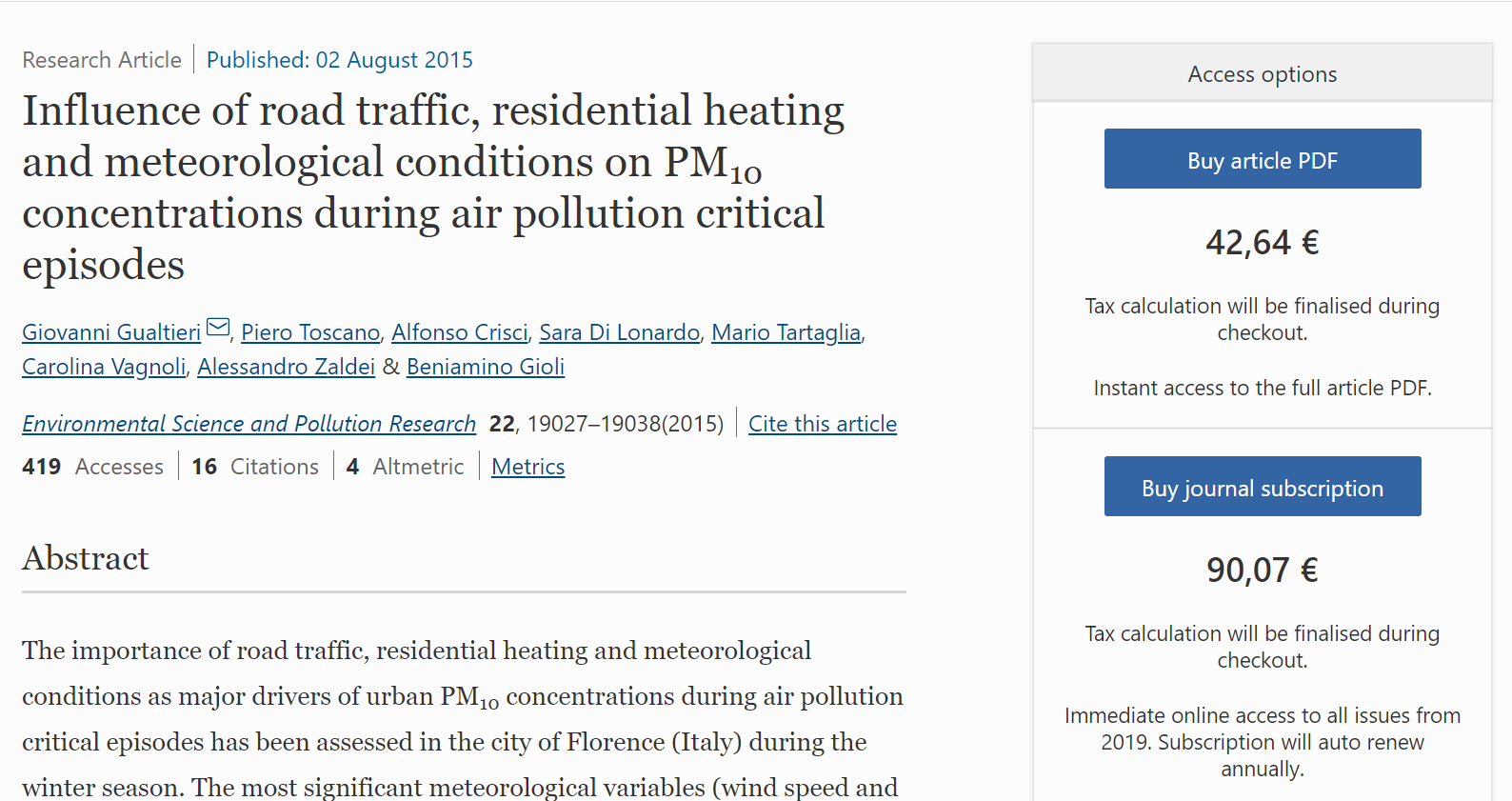The importance of road traffic, residential heating and meteorological conditions as major drivers of urban PM10 concentrations during air pollution critical episodes has been assessed in the city of Florence (Italy) during the winter season.
The most significant meteorological variables (wind speed and atmospheric stability) explained 80.5–85.5% of PM10 concentrations variance, while a marginal role was played by major emission sources such as residential heating (12.1 %) and road traffic (5.7 %). The persistence of low wind speeds and unstable atmospheric conditions was the leading factor controlling PM10 during critical episodes.
A specific PM10 critical episode was analysed, following a snowstorm that caused a “natural” scenario of 2-day dramatic road traffic abatement (−43 %), and a massive (up to +48 %) and persistent (8 consecutive days) increase in residential heating use. Even with such a strong variability in local PM10 emissions, the role of meteorological conditions was prominent, revealing that short-term traffic restrictions are insufficient countermeasures to reduce the health impacts and risks of PM10 critical episodes, while efforts should be made to anticipate those measures by linking them with air quality and weather forecasts.
